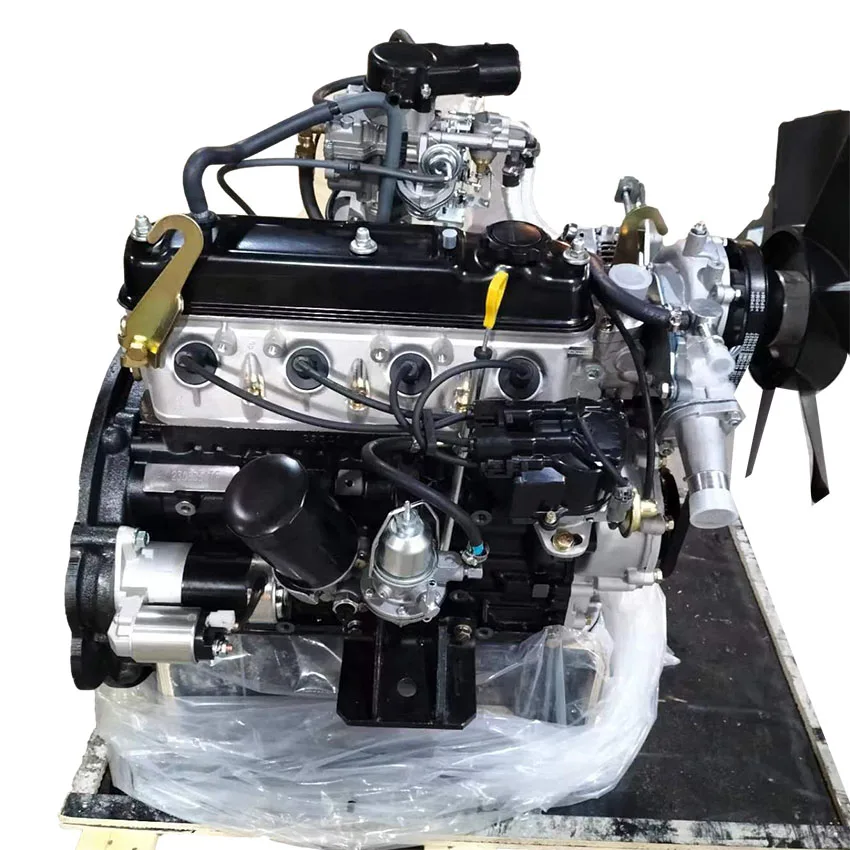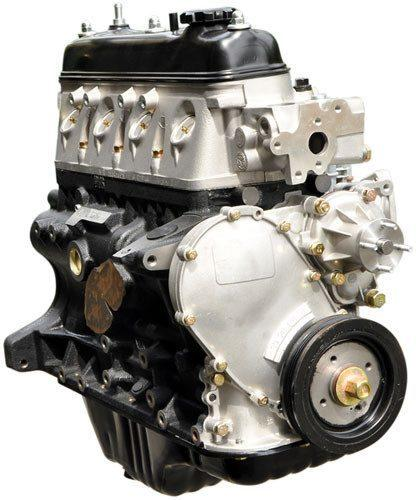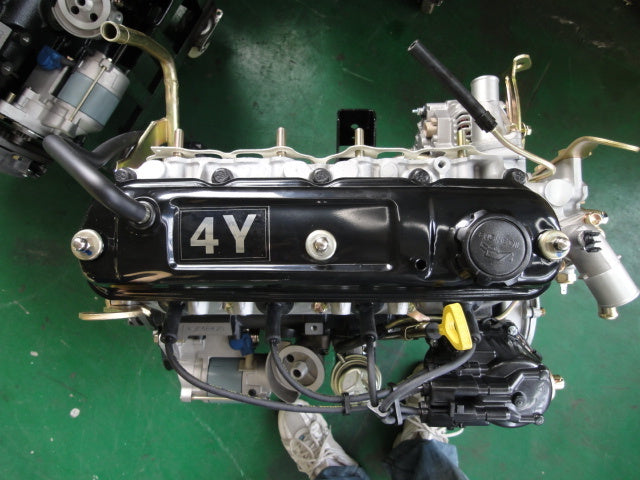Everything You Need to Know About the 4Y Engine and Its Performance
Exploring the Different Sorts Of Engine: Which One Fits Your Demands?
Inner burning engines continue to dominate due to their integrity, while electric engines are gaining traction for their sustainability. Crossbreed engines use a versatile concession, and diesel engines stand out for their power in requiring applications.

Internal Burning Engines
Interior burning engines (ICEs) are the foundation of contemporary transportation, powering a substantial variety of cars from cars to planes. These engines operate the concept of converting gas right into power with a series of controlled surges within a combustion chamber. The most usual sorts of ICEs consist of gasoline engines, diesel engines, and rotary engines, each made to satisfy specific performance and performance requirements.
Gasoline engines generally make use of spark ignition, while diesel motor rely upon compression ignition, leading to distinctive differences in fuel effectiveness and power result (4y engine). Rotary engines, or Wankel engines, use a portable design and smooth procedure, however are much less commonly utilized in mainstream applications
ICEs have actually undergone considerable advancements in modern technology, including the introduction of turbocharging and gas shot systems, which enhance overall effectiveness and efficiency. Despite their effectiveness renovations, ICEs face enhancing examination as a result of their environmental effect, specifically regarding greenhouse gas emissions. As the vehicle sector advances, the future of ICEs remains a subject of discussion, balancing performance, efficiency, and environmental considerations. Nevertheless, they continue to play a crucial duty in international transportation infrastructure.
Electric Engines
As concerns regarding environmental sustainability and nonrenewable fuel source dependency expand, electrical engines have emerged as an engaging option to inner burning engines. These engines use electric motors powered by batteries or gas cells, giving a cleaner and a lot more effective means of propulsion.
One of the primary benefits of electric engines is their reduced exhausts. Unlike standard engines that burn fossil gas, electric engines create zero tailpipe exhausts, dramatically decreasing air pollution and contributing to enhanced public health. In addition, the effectiveness of electrical motors usually exceeds that of internal burning engines, transforming a greater percentage of energy from the power resource into functional energy for activity.
Electric engines are likewise notable for their peaceful operation, making them excellent for metropolitan settings. 4y engine. The simplicity of their design leads to less moving components, which can result in lowered upkeep costs and increased reliability over time
Nonetheless, difficulties stay, including battery production impacts, charging framework, and range constraints. In spite of these difficulties, the expanding financial investment in electric lorry innovation and renewable resource resources factors towards a promising future for electrical engines, positioned to play an essential duty in the transition toward sustainable transport.
Crossbreed Engines
Mixing the advantages of both typical and electrical internal combustion engines, hybrid engines represent a flexible remedy in the quest for effective and sustainable transport. These engines incorporate a fuel or diesel engine with an electrical motor, allowing for boosted fuel efficiency and decreased discharges compared to conventional cars.
Hybrid engines operate in a number of modes, using the electric motor for low-speed driving and the inner burning engine for greater this link rates or when even more power is required. This vibrant procedure not just boosts gas economic situation yet additionally adds to a smoother driving experience. Regenerative stopping is an additional important feature, capturing energy generally lost during stopping and redirecting it to reenergize the battery.

As customers progressively prioritize eco-friendliness, crossbreed engines stand apart as a useful selection, using an efficient balance of efficiency, effectiveness, and ecological obligation. This flexibility makes them appropriate for urban travelling and long-distance traveling alike.
Diesel Motor
Performance and power are hallmarks of diesel engines, which have actually long been favored for their robustness and gas economy. These engines operate the principle of compression ignition, where air is pressed to a high temperature prior to fuel is infused, igniting it without the demand for spark plugs. This procedure enables diesel motor to achieve greater thermal efficiency compared to fuel engines, translating right into better fuel gas mileage and lower co2 emissions.
Diesel engines are particularly fit for heavy-duty applications such as trucks, buses, i was reading this and industrial equipment, where torque and durability are critical. Their style commonly includes stronger components to stand up to the higher stress created throughout procedure, resulting in longer life span and decreased maintenance costs.

Alternate Fuel Engines
While diesel engines have lengthy controlled the landscape of heavy-duty power sources, different gas engines are acquiring traction as viable alternatives for a much more sustainable future. These engines make use of a range of fuels, such as pressed gas (CNG), hydrogen, ethanol, and propane, intending to decrease greenhouse gas emissions and dependence on nonrenewable fuel sources.
One significant benefit of alternate gas engines is their prospective to lower carbon impacts. CNG engines send out less pollutants contrasted to traditional diesel engines, making them appropriate for urban transit systems and fleets looking for to enhance air top quality. Ethanol, stemmed from biomass, not just decreases exhausts but likewise supports agricultural economic situations.
Hydrogen fuel cells stand for a cutting-edge growth in this world, providing zero-emission power via a chemical reaction between hydrogen and oxygen. Nonetheless, challenges such as infrastructure advancement and manufacturing prices remain barriers to prevalent fostering - 4y engine.
Conclusion
Inner burning engines use dependability, while electric engines prioritize sustainability and lowered upkeep. Hybrid engines combine the advantages of both, boosting performance, whereas diesel engines supply remarkable power and torque for heavy-duty applications.
Hybrid engines supply a flexible concession, and diesel engines stand out for their power in demanding applications. The most common browse around here kinds of ICEs include gasoline engines, diesel engines, and rotating engines, each created to satisfy specific efficiency and performance demands.
Unlike typical engines that shed fossil fuels, electrical engines create zero tailpipe exhausts, substantially decreasing air pollution and contributing to enhanced public wellness.Crossbreed engines operate in numerous settings, making use of the electric motor for low-speed driving and the inner combustion engine for greater speeds or when even more power is needed. Crossbreed engines integrate the advantages of both, improving efficiency, whereas diesel engines give remarkable power and torque for heavy-duty applications.